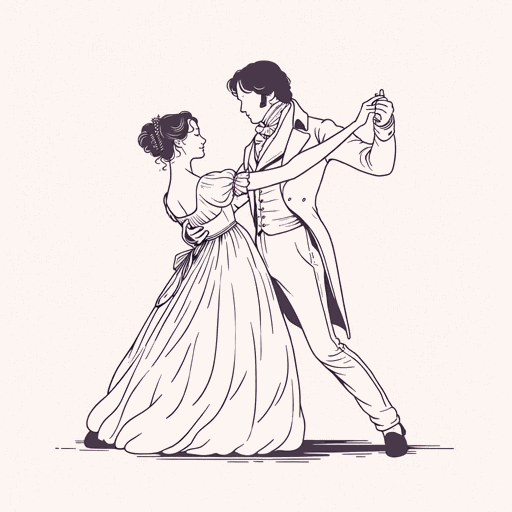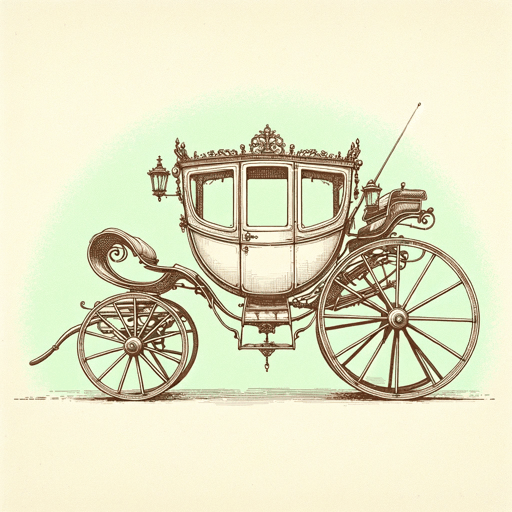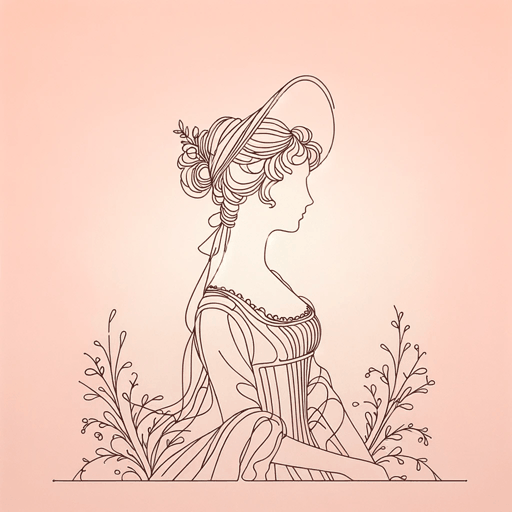116 pages • 3 hours read
Jane AustenSense and Sensibility
Fiction | Novel | Adult | Published in 1811A modern alternative to SparkNotes and CliffsNotes, SuperSummary offers high-quality Study Guides with detailed chapter summaries and analysis of major themes, characters, and more. For select classroom titles, we also provide Teaching Guides with discussion and quiz questions to prompt student engagement.
Background
The Cult of Sensibility
The plot of Sense and Sensibility is set around the turn of the 19th century, when the rational Enlightenment thinking that dominated British 18th-century culture found itself in competition with an opposite tendency that idealized rugged nature, sentimentality, and spontaneity. Austen dramatizes these opposing traits in her novel, principally in the sister protagonists, but also in the minor characters.
The Enlightenment's prioritization of reason over emotion and empirical study over spontaneous action or displays of feeling are evident in Elinor’s character and behavior. Like an Enlightenment-era scientist or empirical philosopher, Elinor closely observes the new people in her life before judging their character and entrusting them with her feelings. While this makes her cautious in love, it also endows her with a deep wisdom and generosity, as she does not take people at face value or let herself be dictated to by stereotypes.
In contrast, Marianne openly rejects any attempts to modify her feelings, viewing this as the corrupting force of society on the individual. She aligns herself with the ideas of the Swiss philosopher Jean-Jacques Rousseau (1712-1778), who prioritized uncultivated nature and instinct over social and cultural conditioning. By the 1790s, when the novel takes place, Marianne’s emotional and sentimental temperament was the fashionable one, especially for young ladies.
Related Titles
By Jane Austen

Emma
Jane Austen

Lady Susan
Jane Austen

Mansfield Park
Jane Austen

Northanger Abbey
Jane Austen

Persuasion
Jane Austen

Pride and Prejudice
Jane Austen

Pride and Prejudice and Zombies
Seth Grahame-Smith, Jane Austen

Sanditon
Jane Austen
Featured Collections
Beauty
View Collection
Books Made into Movies
View Collection
British Literature
View Collection
Challenging Authority
View Collection
Class
View Collection
Class
View Collection
Feminist Reads
View Collection
Power
View Collection
Pride & Shame
View Collection
Romance
View Collection
Romanticism / Romantic Period
View Collection
School Book List Titles
View Collection
Trust & Doubt
View Collection
Truth & Lies
View Collection
TV Shows Based on Books
View Collection
Valentine's Day Reads: The Theme of Love
View Collection

